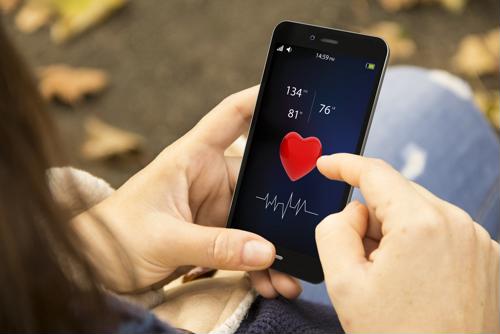
Smart tech security threats in the health care industry
By Max BurkhalterJanuary 31, 2022
The IoMT, or Internet of Medical Things, has revolutionized the health care industry in recent years. Countless patients and medical professionals now rely on these connected devices to facilitate treatment and streamline administrative processes. And according to Fortune Business Insights, the global IoMT market is expected to grow to $187.6 billion by 2028. Yet, despite this massive boom and the numerous advantages that the IoMT provides to the health care industry, there is still a significant risk to organizations and their patients.
Health care fast-tracks IoT adoption
While the health care industry has been utilizing IoT devices for years, the pandemic dramatically accelerated this adoption as the need for telehealth and remote treatment options rose. With IoMT devices, doctors can increase their patient throughput via video calls while simultaneously reducing the spread of transmissible diseases like COVID-19. They also have access to real-time data on patient health, enabling more proactive care options. However, this new technology also comes with increased cybersecurity risks.

The risks of IoMT
Here are a few primary risks associated with the use of IoMT devices:
Hackers can harm patients and organizations
Unsecured IoMT devices can severely harm people and do incredible damage to health care organizations. For years, there have been reports of vulnerabilities in medical devices, such as pacemakers and infusion pumps, that could allow hackers to take complete control of them. This leaves countless patients at risk of potentially deadly cyberattacks impacting their health. Organizations are also left susceptible to hackers who may try to access sensitive data, infect systems with malware or carry out a DDoS attack.
Ransomware and stolen data
Ransomware attacks have become more prevalent in recent years, and the ITRC recently reported that it will overtake phishing as the No. 1 cause of data compromises in 2022. This has put health care facilities on edge as they continue to struggle to upgrade their legacy systems. As the network of IoMT devices expands, it takes far longer to ensure the security of each, leaving security gaps that hackers can exploit. Once a facility's systems are infected with ransomware, the malicious actors can extort the organization for financial gain or sell the sensitive data and personally identifiable information they scraped on the dark web.
Insufficient built-in security
Unfortunately, IoMT device manufacturers don't always have security as their top priority, and new devices often come with bugs and vulnerabilities. Many legacy devices also have glaring security flaws that compound with poor practices, leaving organizations exposed to attacks and accidental breaches. To protect against these risks, organizations should ensure their equipment meets the NIST Cybersecurity Framework core functions of Identify, Protect, Detect, Respond Recover.
Managing IoMT security
When organizations lack security, they leave themselves vulnerable to sensitive data leaks, extortion and attacks that cripple daily operations. It can also put patients in harm's way if malicious actors decide to hack embedded devices or infusion pumps. That's why securing your health care organization's IoMT devices is of the utmost importance. Here are five best practices and targeted efforts your organization can use to mitigate these security risks.
- Change all default passwords to increase strength.
- Regularly update your systems with the latest security patches.
- Segment your network to isolate individual devices.
- Monitor your network, traffic and devices for unusual activity.
- Ensure asset visibility with the right tools and processes.
If your health care organization needs assistance with its security infrastructure, Perle is here to help. Read our medical and health care customer success stories to learn more.



